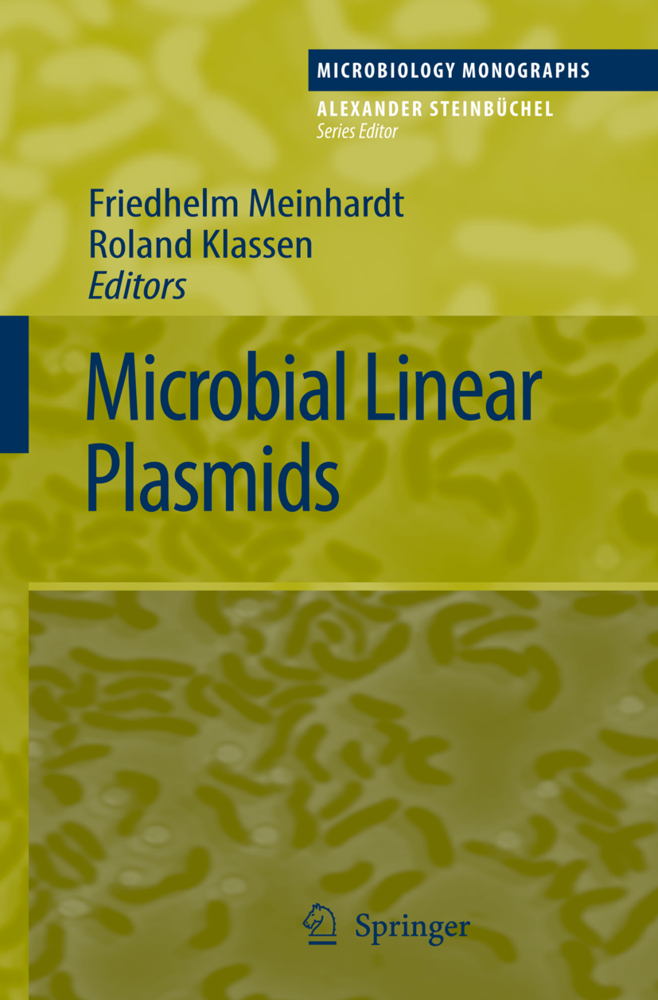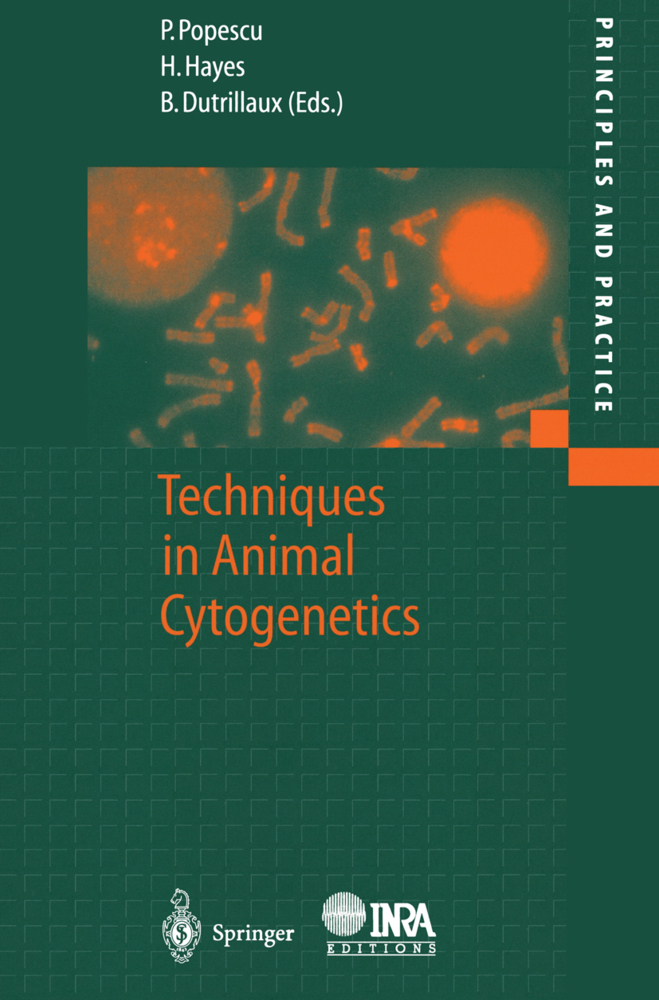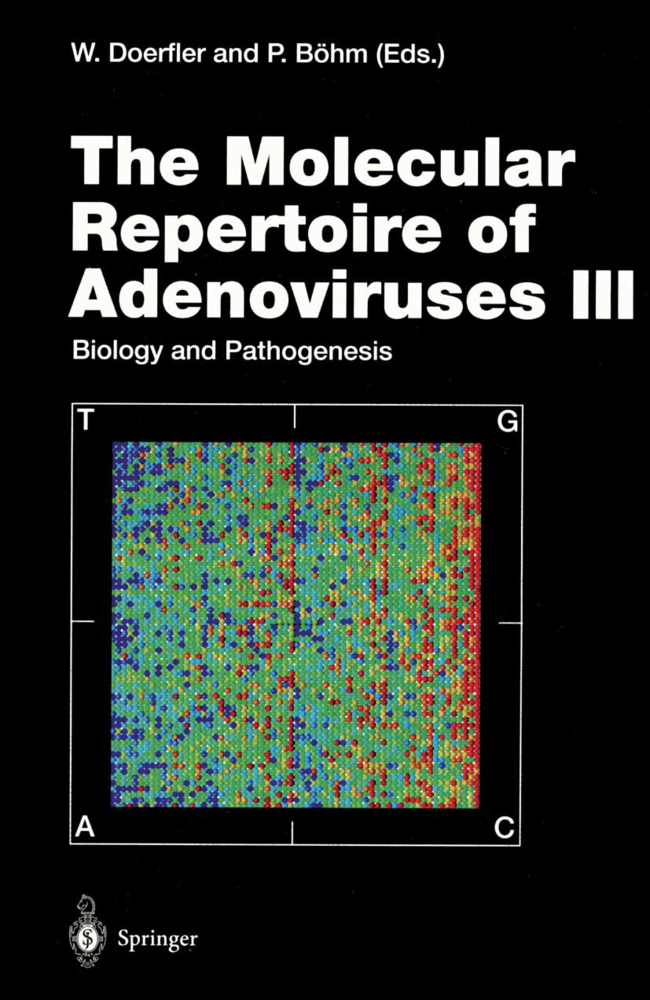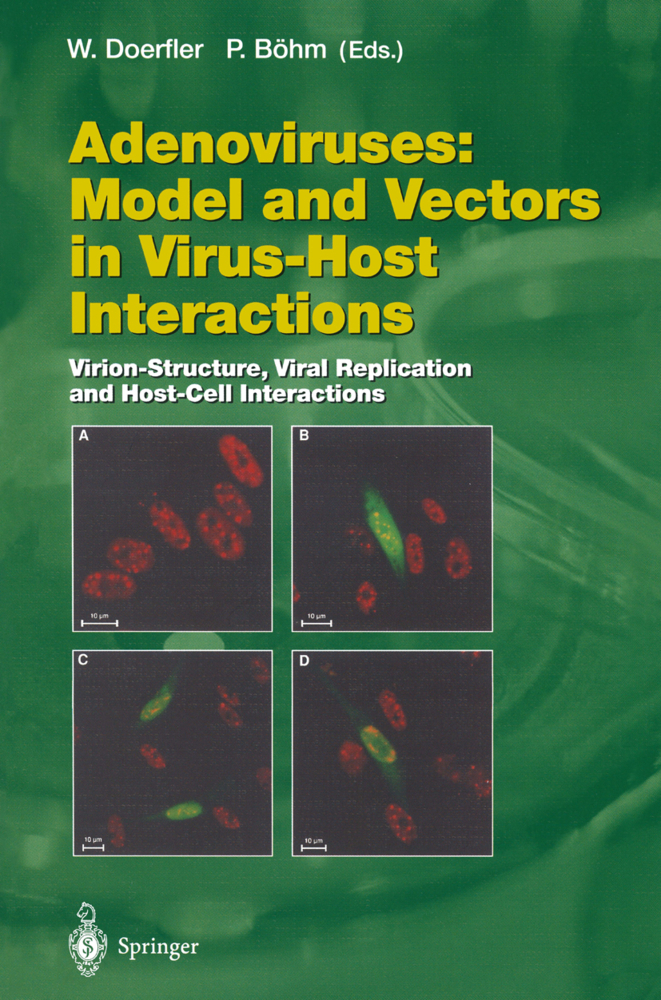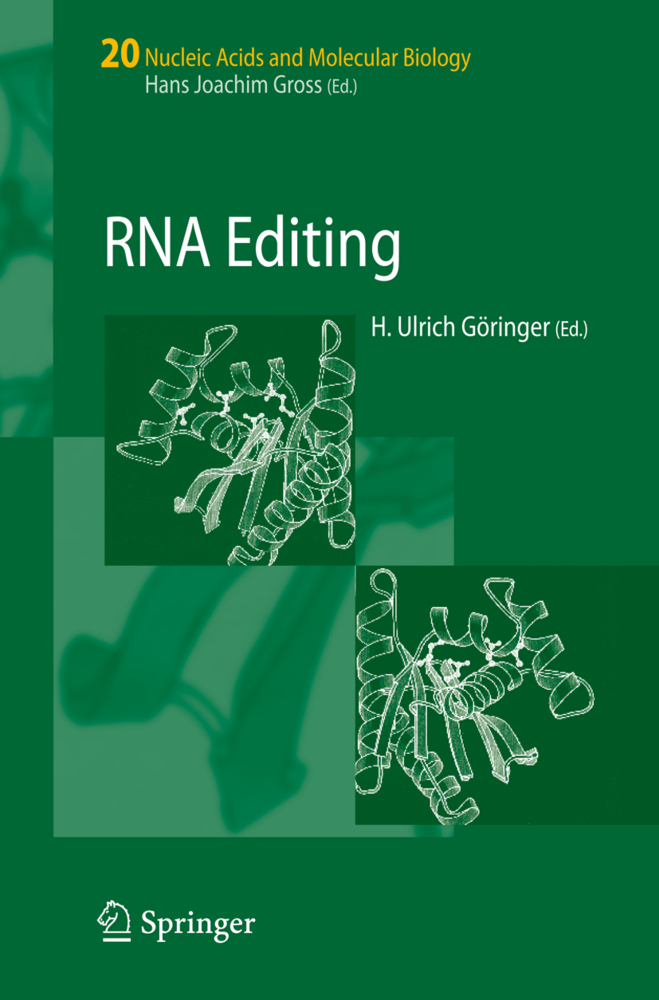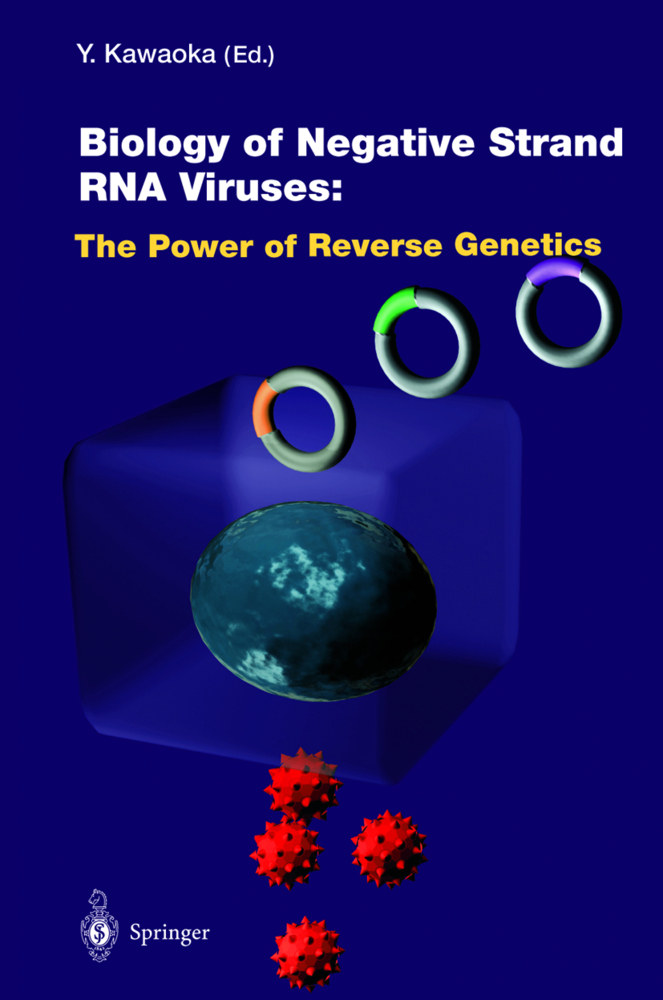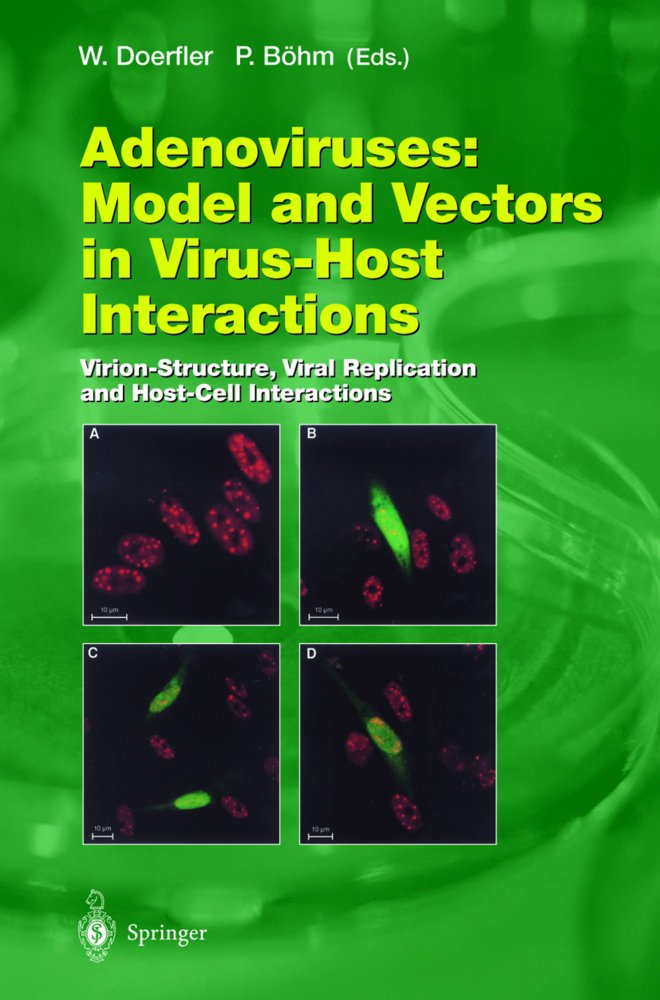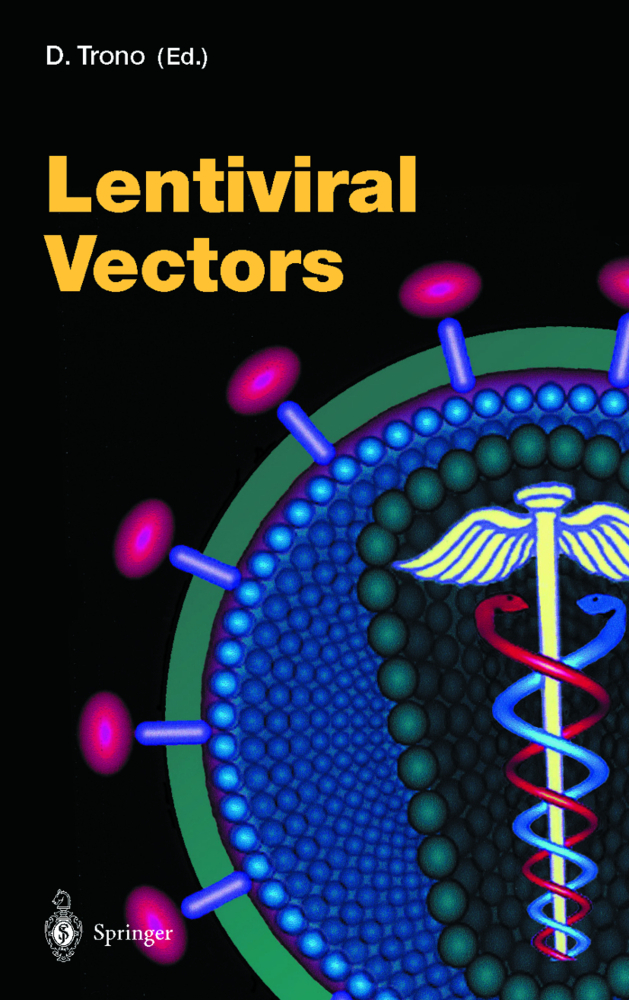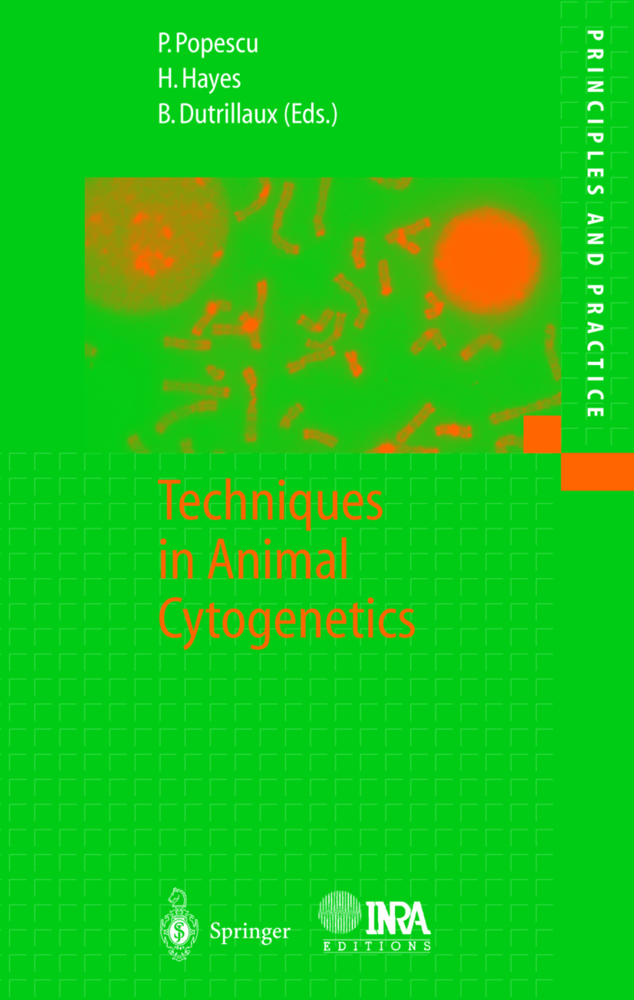Microbial Linear Plasmids
Linear plasmids of microbes represent a heterogenous group of extrachromosomal genetic elements initially assumed to be rare and peculiar. However, we now know that they are fairly frequently occurring plasmids in bacterial and eukaryotic species. Viral strategies to avoid shortening of the linear molecules during replication imply a common ancestry. Linear plasmids may be beneficial, neutral or detrimental for the respective host; functions include production of protein toxins, specific catabolic capabilities, antibiotic resistance, pathogenicity factors, and senescence induction.
Microbial Linear Plasmids constitutes the first attempt to comprehensively assemble current knowledge of different types of such elements, highlight recent developments in the field, and challenge the distinction between viruses and linear plasmids.
Streptomyces Linear Plasmids: Their Discovery, Functions, Interactions with Other Replicons, and Evolutionary Significance
Streptomyces Linear Plasmids: Replication and TelomeresCatabolic Linear Plasmids
Linear Plasmids and Phytopathogenicity
The Linear Hairpin Replicons of Borrelia burgdorferi
Linear Plasmids and Prophages in Gram-Negative Bacteria
Retroplasmids: Linear and Circular Plasmids that Replicate via Reverse Transcription
Linear Protein-Primed Replicating Plasmids in Eukaryotic Microbes
Hairpin Plasmids from the Plant Pathogenic Fungi Rhizoctonia solani and Fusarium oxysporum.
Meinhardt, Friedhelm
Klassen, Roland
| ISBN | 978-3-540-72024-9 |
|---|---|
| Medientyp | Buch |
| Copyrightjahr | 2007 |
| Verlag | Springer, Berlin |
| Umfang | VIII, 252 Seiten |
| Sprache | Englisch |

